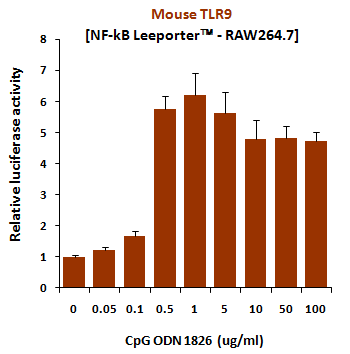Recombinant Human Carbonic Anhydrase 3/CA3 (C-6His)
Shipping Info:
For estimated delivery dates, please contact us at [email protected]
| Amount : | 50 µg |
| Content : | Supplied as a 0.2 µm filtered solution of 20mM Tris, 150mM NaCl, pH 7.5. |
| Storage condition : | Store at -20°C, stable for 6 months after receipt. Please minimize freeze-thaw cycles. |
| AA sequence : | AKEWGYASHNGPDHWHELFPNAKGENQSPIELHTKDIRHDPSLQPWSVSYDGGSAKTILNNGKTCRVVFDDTYDRSMLRGGPLPGPYRLRQFHLHWGSSDDHGSEHTVDGVKYAAELHLVHWNPKYNTFKEALKQRDGIAVIGIFLKIGHENGEFQIFLDALDKIKTKGKEAPFTKFDPSCLFPACRDYWTYQGSFTTPPCEECIVWLLLKEPMTVSSDQMAKLRSLLSSAENEPPVPLVSNWRPPQPINNRVVRASFKLEHHHHHH |
Source: E. coli.
MW :30.6kD.
Recombinant Human Carbonic Anhydrase 3 is produced by our E.coli expression system and the target gene encoding Ala2-Lys260 is expressed with a 6His tag at the C-terminus. Carbonic Anhydrase 3 (CA3) belongs to the Alpha-Carbonic Anhydrase family that encodes carbonic anhydrase isozymes. These carbonic anhydrases are a class of metalloenzymes that catalyze the reversible hydration of carbon dioxide and are differentially expressed in a number of cell types. The expression of the CA3 gene is strictly tissue specific and it is present at high levels in skeletal muscle with much lower levels found in cardiac and smooth muscle. CA3 is activated by proton donors such as imidazole and the dipeptide histidylhistidine. CA3 is inhibited by coumarins and sulfonamide derivatives such as acetazolamide.
MW :30.6kD.
Recombinant Human Carbonic Anhydrase 3 is produced by our E.coli expression system and the target gene encoding Ala2-Lys260 is expressed with a 6His tag at the C-terminus. Carbonic Anhydrase 3 (CA3) belongs to the Alpha-Carbonic Anhydrase family that encodes carbonic anhydrase isozymes. These carbonic anhydrases are a class of metalloenzymes that catalyze the reversible hydration of carbon dioxide and are differentially expressed in a number of cell types. The expression of the CA3 gene is strictly tissue specific and it is present at high levels in skeletal muscle with much lower levels found in cardiac and smooth muscle. CA3 is activated by proton donors such as imidazole and the dipeptide histidylhistidine. CA3 is inhibited by coumarins and sulfonamide derivatives such as acetazolamide.
Endotoxin : Less than 0.1 ng/µg (1 IEU/µg) as determined by LAL test.
For Research Use Only. Not for use in diagnostic/therapeutics procedures.
| Subcellular location: | Cytoplasm |
| Post transnational modification: | S-glutathionylated in hepatocytes under oxidative stress. |
| Tissue Specificity: | Muscle specific. |
| BioGrid: | 107216. 4 interactions. |
|
There are currently no product reviews
|
















.png)









